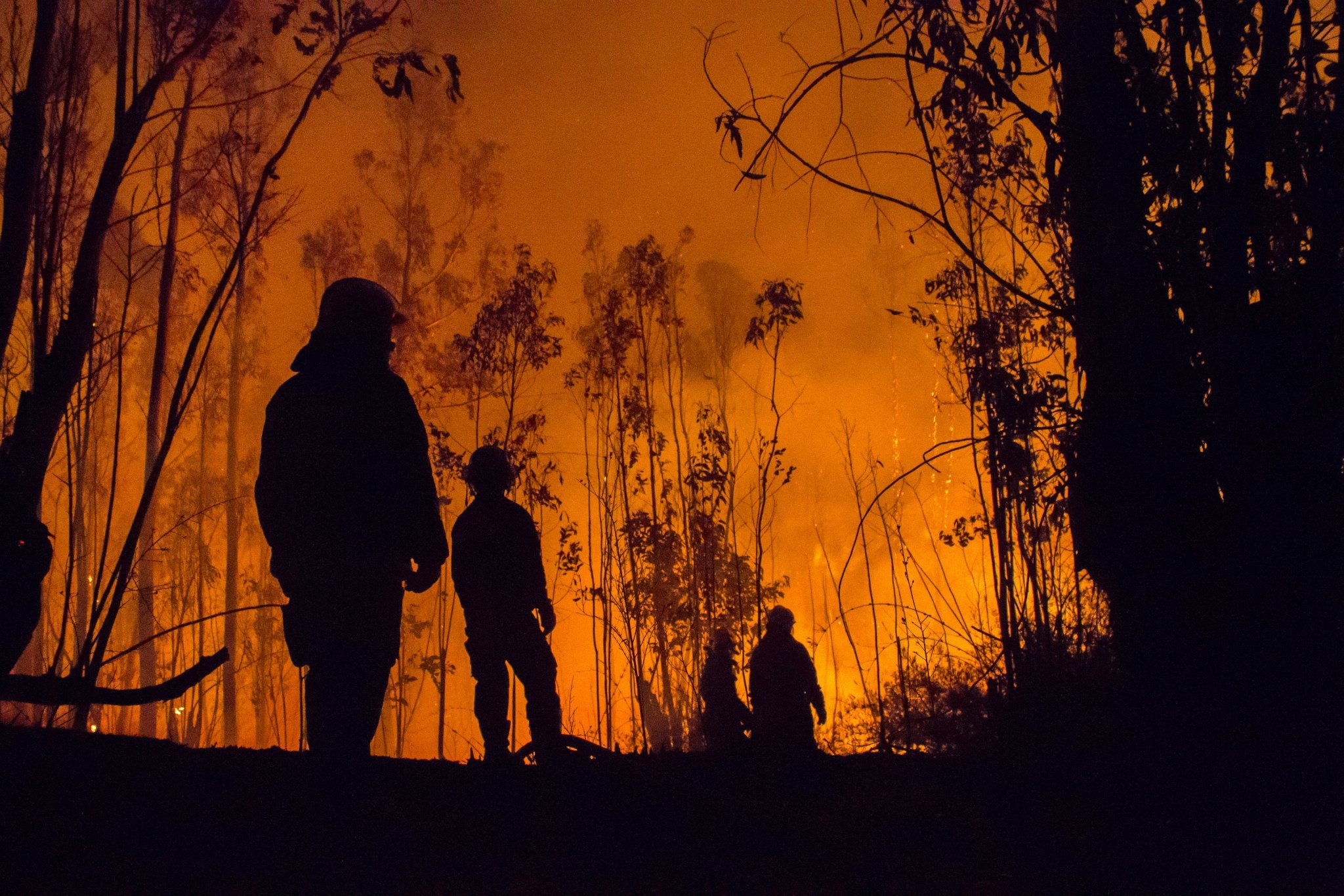
There can be few things more traumatic than experiencing suffering a house fire, and the sad reality is that most can be avoided.
Australia suffers some 17,000 house fires annually – 40% of them due to electrical faults according to fire safety experts. This means 6,800 of these blazes could have been avoided if the owner had bothered to get the wiring and smoke alarms checked by a licensed electrician and safety switches installed.
As an experienced agency, we believe it is important for sellers to have the wiring inspected before putting their property on the market. That’s because any wiring problems will be exposed as part of a building inspection commissioned by a prospective buyer and their lender.
Safety switches have become a standard feature in any home today. They are insurance against electric shock, shutting off the electricity supply when current leakage is detected and can save lives.
You can check that you have a safety switch by going to your switchboard and looking for a button with a button marked “T” or “Test”.
To conduct a test, press the button. It works correctly if it flicks off and cuts the power to the intended circuits. Contact an electrician if you don’t get the anticipated result.
If there’s no sign of a test button, you probably have circuit breakers rather than safety switches.
If you’re concerned, you should not delay calling a licensed electrician. Below are some actions they will take as part of an inspection.
Visual inspection – An electrician will look for signs of damage, wear or overheating. Outlets, switches, circuit breakers, wiring and electrical panels are their primary focus.
Compliance – They will ensure your home meets local electrical codes and regulations. Wire sizing, grounding, and junction boxes are all subject to regulation.
Grounding and bonding – Circuits must be adequately grounded and bonded. Grounding provides a safe path for electrical current in the event of a fault, while bonding helps prevent electrical shocks.
Outlet tests – An electrician will use a circuit tester to check outlets and identify issues such as reversed polarity, open grounds and faulty connections.
Circuit breaker – Circuit breakers will be checked to ensure they are properly sized, labelled and working. They should trip when subjected to excessive current.
Ground faults – So-called GFCI testing (Ground Fault Circuit Interrupters) are essential for kitchens, bathrooms, and outdoor outlets because of the likelihood of water-related issues.
Load assessment – An electrician will look at your power usage and make a judgment of whether there’s a possibility that you might overload your circuits.
Be alarmed – The checking of smoke and carbon monoxide detectors is an essential part of any inspection. They should be installed correctly, have backup batteries and meet local regulations.
Surge protection – You can ask an electrician to install surge protection if you’re worried about losing expensive or sensitive electronics during a power surge.
